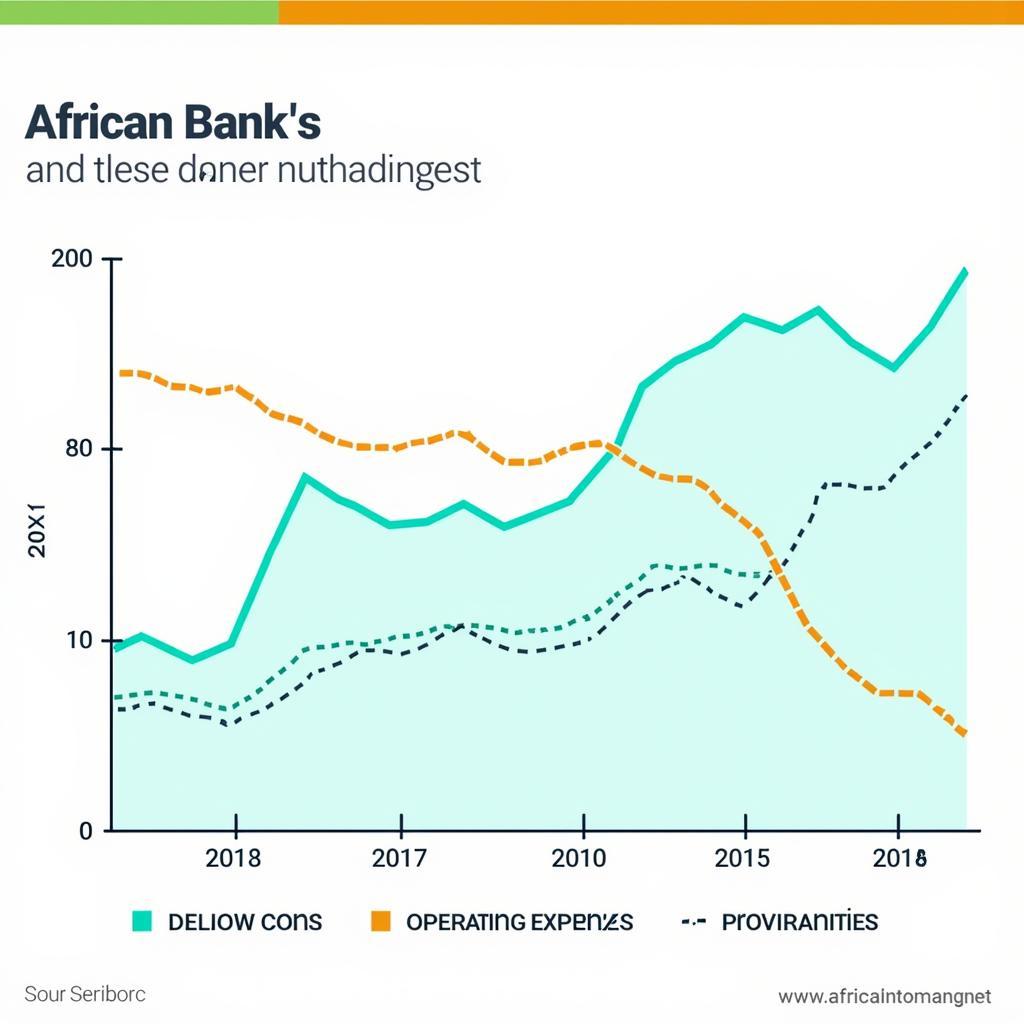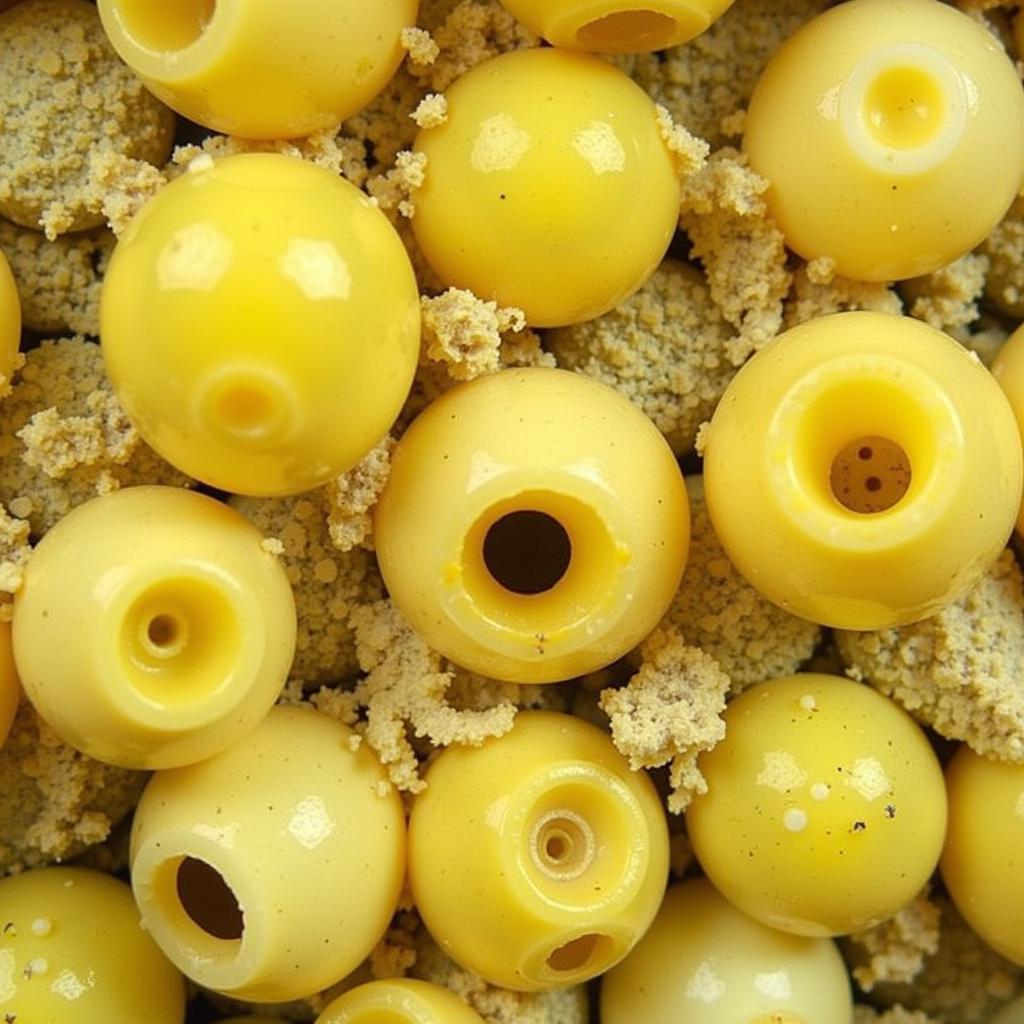The Perfect African Grey Cage Size: A Comprehensive Guide
Choosing the right African Grey Cage Size is crucial for your feathered friend’s well-being. A spacious and stimulating environment allows these intelligent birds to thrive and exhibit their natural behaviors. This guide delves into the specifics of selecting an appropriate cage, considering factors beyond mere dimensions.
Understanding African Grey Needs
African Greys are highly intelligent and active parrots, requiring ample space to move, play, and explore. A cramped cage can lead to boredom, stress, and even feather plucking. Providing an appropriately sized cage is not simply about physical comfort, but also about mental stimulation, a vital component of their overall health. Choosing the right cage dimensions involves considering the bird’s size, activity level, and the toys and accessories it will have. Remember, a larger cage is always better, as it allows for more enrichment opportunities. One crucial element to consider when selecting a cage is the spacing between bars. For African Greys, a spacing of ¾ inch to 1 inch is generally recommended to prevent them from getting their heads stuck.
Early in their lives, even young African Greys benefit from a large cage to encourage exploration and exercise. This will help prevent the development of behavioral issues associated with confinement. Don’t underestimate the space needs of these intelligent birds. african grey parrot breeding cage size.
Key Factors in Choosing the Right African Grey Cage Size
Beyond just the length, width, and height, several other factors play a vital role in determining the ideal african grey cage size. Bar spacing is critical to prevent injury, while the shape and material of the cage also contribute to your parrot’s comfort and safety.
Cage Dimensions
The minimum recommended cage size for an African Grey is 2 feet wide by 3 feet tall by 2 feet deep. However, larger is always better, especially if you have more than one bird. Remember, these birds have a large wingspan and need space to flap their wings without hitting the sides of the cage. This also provides ample space for toys and perches, essential for enriching their environment. Would you like to learn more about appropriate perches? african grey parrot perches.
Bar Spacing
The ideal bar spacing for an African Grey is between ¾ and 1 inch. This prevents them from getting their heads stuck between the bars, which can lead to serious injury or even death. Never underestimate the importance of appropriate bar spacing.
Cage Shape and Material
Rectangular or square cages are generally preferred over round ones as they provide more usable space. Avoid cages with ornate or intricate designs, as these can be difficult to clean and can harbor bacteria. Durable, non-toxic materials like stainless steel or powder-coated wrought iron are recommended.
Creating a Stimulating Environment Inside the Cage
Once you have chosen the appropriate african grey cage size, the next step is to furnish it with toys, perches, and other accessories to create a stimulating environment for your parrot. This is crucial for their mental and physical well-being.
Toys and Enrichment
Provide a variety of toys, such as wooden blocks, foraging toys, and puzzles, to keep your African Grey entertained and mentally stimulated. Rotate the toys regularly to prevent boredom. Learn more about this fascinating species. african grey parrot information in hindi.
Perches
Offer perches of varying diameters and textures to promote foot health and prevent bumblefoot, a common problem in captive birds. Natural wood perches are ideal.
Food and Water Dishes
Ensure your African Grey has access to fresh food and water in clean, easily accessible dishes. Place the dishes in different locations within the cage to encourage movement.
Dr. Anya Sharma, an Avian Veterinarian, emphasizes, “A stimulating environment is as crucial as the african grey cage size itself. Providing a variety of toys and perches encourages natural behaviors and prevents boredom, a major contributor to behavioral problems.”
Conclusion
Choosing the correct african grey cage size and creating a stimulating environment is essential for your parrot’s physical and mental health. By understanding their needs and providing them with a spacious, enriching home, you can ensure your African Grey thrives and lives a long, happy life. blue african grey parrot. african grey parrot f.
FAQ
- What is the minimum african grey cage size? At least 2ft x 3ft x 2ft.
- Why is bar spacing important? To prevent injury.
- What type of cage material is best? Stainless steel or powder-coated wrought iron.
- What kind of toys should I provide? Variety, including puzzles and foraging toys.
- How often should I clean the cage? Regularly, to prevent bacteria buildup.
- What are signs of an unhappy African Grey? Feather plucking, excessive screaming, and aggression.
- How can I create a stimulating environment? Provide a variety of toys, perches, and opportunities for interaction.
Professor David Mbogo, an ornithologist specializing in African parrots, adds, “Providing the right cage size is just the first step. Creating an environment that mimics their natural habitat with opportunities for foraging, climbing, and social interaction is key to ensuring a happy, healthy African Grey.”
More questions? Check out these related articles:
- African Grey Parrot Diet and Nutrition
- Training Your African Grey Parrot
- Common African Grey Parrot Health Issues
When you need support, please contact Phone Number: +255768904061, Email: kaka.mag@gmail.com Or visit: Mbarali DC Mawindi, Kangaga, Tanzania. We have a 24/7 customer service team.



